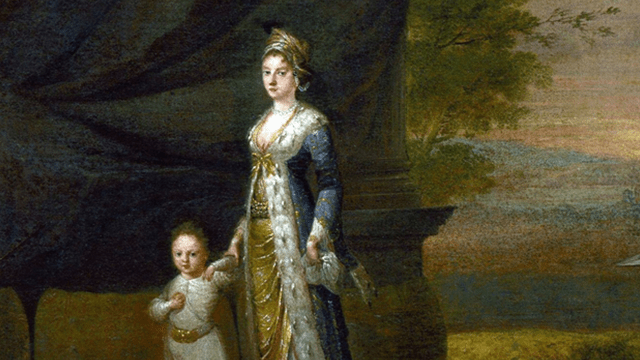What’s in a name? The inoculation of smallpox in early eighteenth-century Britain

Image: J.B. Vanmour, Lady Mary Wortley Montagu & her son, Edward [c.1718, National Portrait Gallery, London: NPG 3924], Creative Commons
This paper questions the established narrative concerning the introduction of inoculation to Georgian Britain. Its arrival is typically attributed to the account of Turkish practice by Emanuel Timoni, which first appeared in the Royal Society’s Philosophical Transactions (June 1714), and the advocacy of Mary Wortley Montagu (particularly after her son underwent the operation at Pera in early 1718 and her daughter in London three years later).
The novelty of what Timoni himself described has been exaggerated and how Wortley Montagu came to pen her 1722 critique (albeit anonymous) of the procedure has not been fully appreciated. Consequently, we risk misconstruing what many contemporaries thought inoculation would affect therapeutically. At least during the early 1720s, it is debatable that surgeons carrying out the procedure had all accepted the proposition that a particular substance caused a specific disease, or their patients also understood that they were being deliberately infected by a pathogen’s introduction into their then-healthy bodies.
Mark S. Dawson is a senior lecturer in History in the Research School of Social Sciences at the Australian National University, Canberra. He has published on a variety of subjects relating to social inequality, health, and the human body, most notably Gentility and the Comic Theatre of Late Stuart London (Cambridge, 2005) and Bodies Complexioned. Human Variation and Racism in Early Modern English Culture, c. 1600–1750 (Manchester, 2019). He currently holds an ARC Discovery Grant (DP230100204) on which this paper is based.
This event was originally published on the School of History website.
Location
RSSS Lectorial (room 1.21)
Speaker
- Dr. Mark Dawson (Australian National University)
Contact
- David Romney Smith